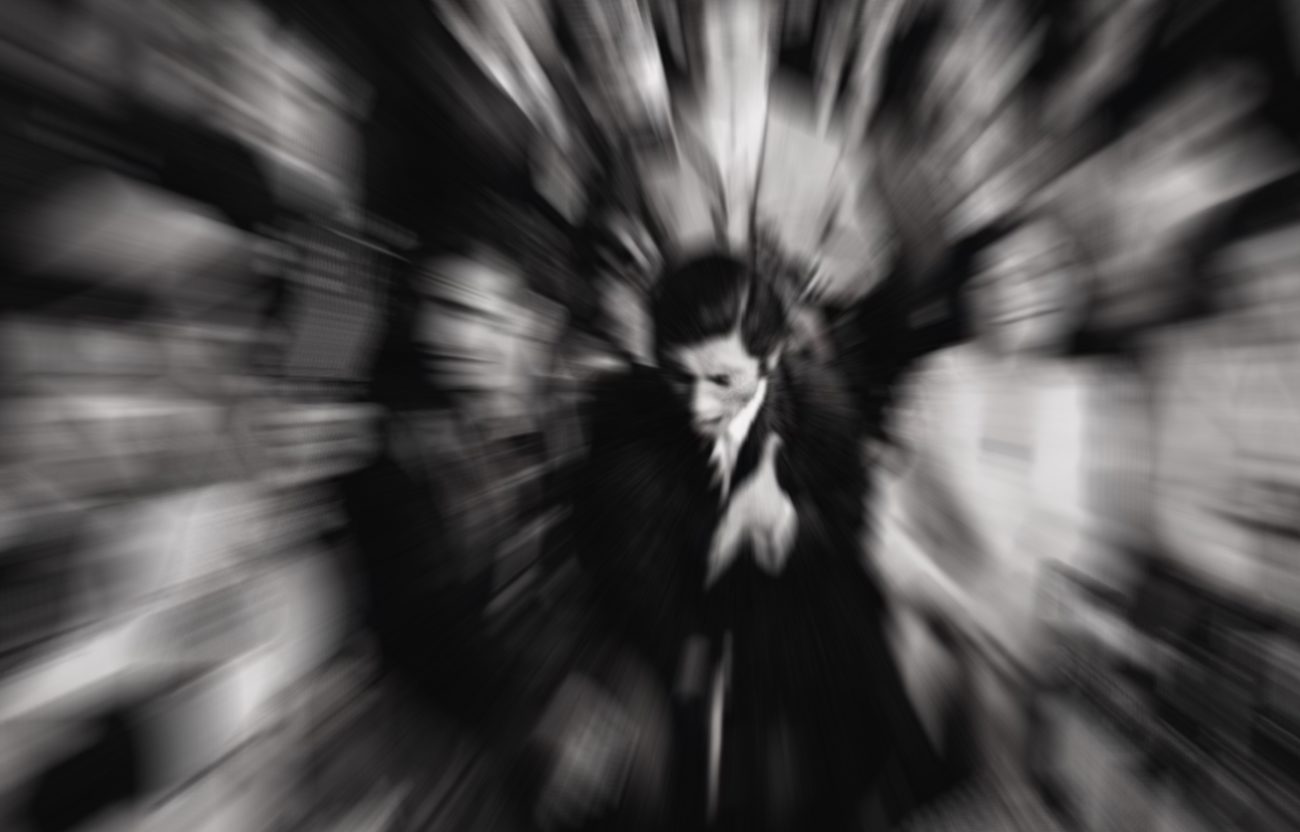The metallic voice of Carapiera
Sometimes we judge the worth of cantaores and cantaoras according to their discography.

Sometimes we judge the worth of cantaores and cantaoras according to their discography. Yet, there were cantaores who never recorded anything but were even better than those who did. Antonio Peana, the guitarist of Seville’s Macarena district, once told me that Antonio Silva El Portugués was a great singer, but never recorded anything because his voice wasn’t commercial or suitable for the wider public. Then again, Manuel Escacena didn’t have a commercial voice either, but he recorded several albums, and that was also the case of Fernando el Herrero and Pepe el de la Matrona.
There are several historic cantaores of Jerez who have fallen into oblivion. We wrote a few days ago about Juan Ramírez, and today is the turn of the celebrated Carapiera, whose actual name was José Niño Loreto and was a cousin of Manuel Torres. Carapiera was born two years after Manuel, in 1882, so they grew up together. Since he never recorded anything, it’s hard to really tell how his voice and his singing style was. Apparently, he sounded a lot like Torres, kind of metallic and nasal, something characteristic in that family from Jerez. Once again, we know about his style of soleares via Agujetas El Viejo, like was the case with Juan Ramírez, although other cantaores have also recorded those soleares, and even Antonio Mairena was after Agujetas Sr. for a while, trying to get the lyrics from him.
Por lo que yo voy mirando
Yo no he tiraíto pieras
poquito me está faltando.
By what I’ve seen,
I haven’t thrown any stones
But I’m just about
His style of soleá had a very distinct and lively rhythm, almost like that of the bulerías para bailar or the old cantiñas of Sanlúcar, also known by Ramón Medrano, who sometime told me about Carapiera and his eccentricities, another characteristic of the Loreto family from Jerez’s San Miguel district, who were almost all a little crazy.
This Gypsy cantaor, Carapiera, died in Jerez, on Acebuche Street, on April 18, 1931, two years before Manuel Torres. Someone who listened to him sing in Seville, attending a party with his cousin, told me that, when he was inspired, Carapiera had no match.
Translated by P. Young




